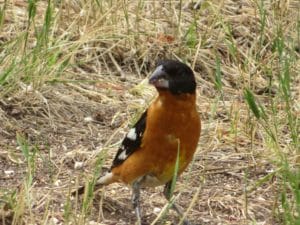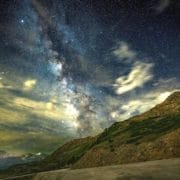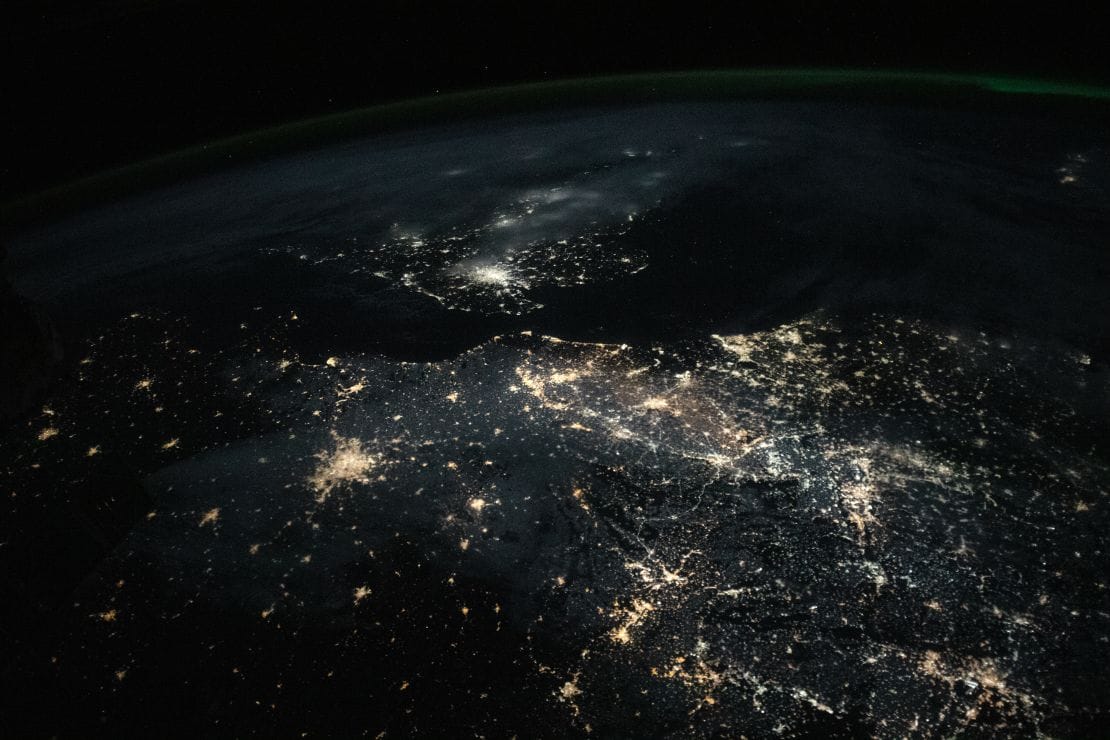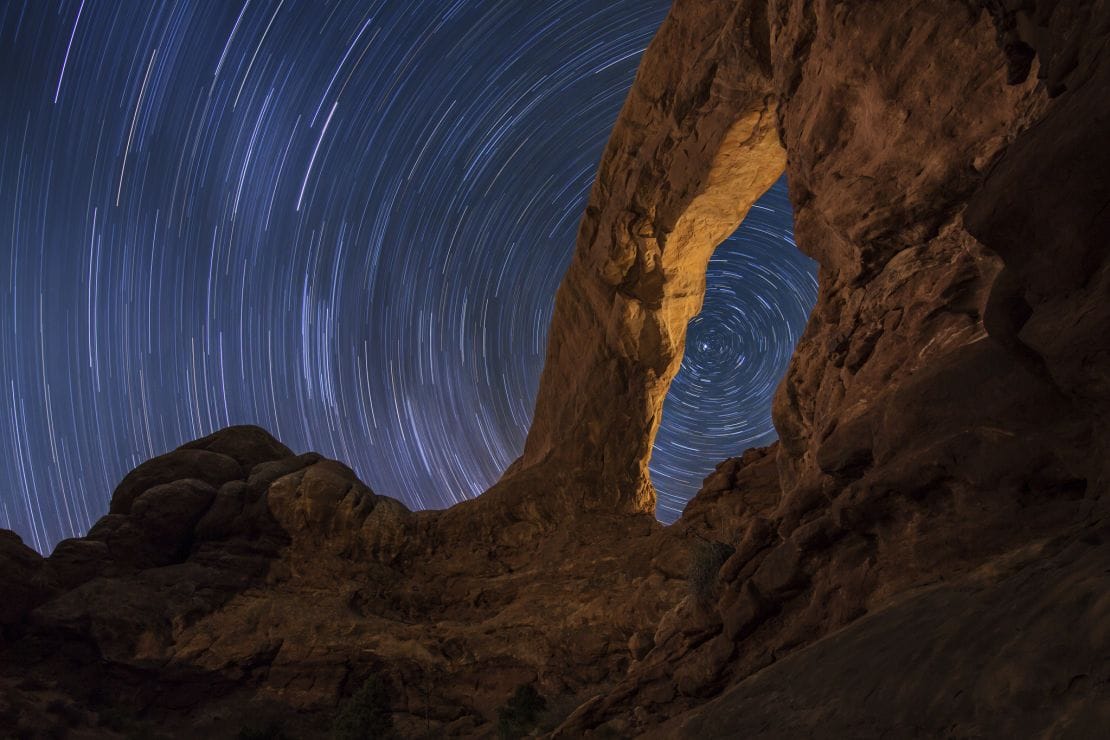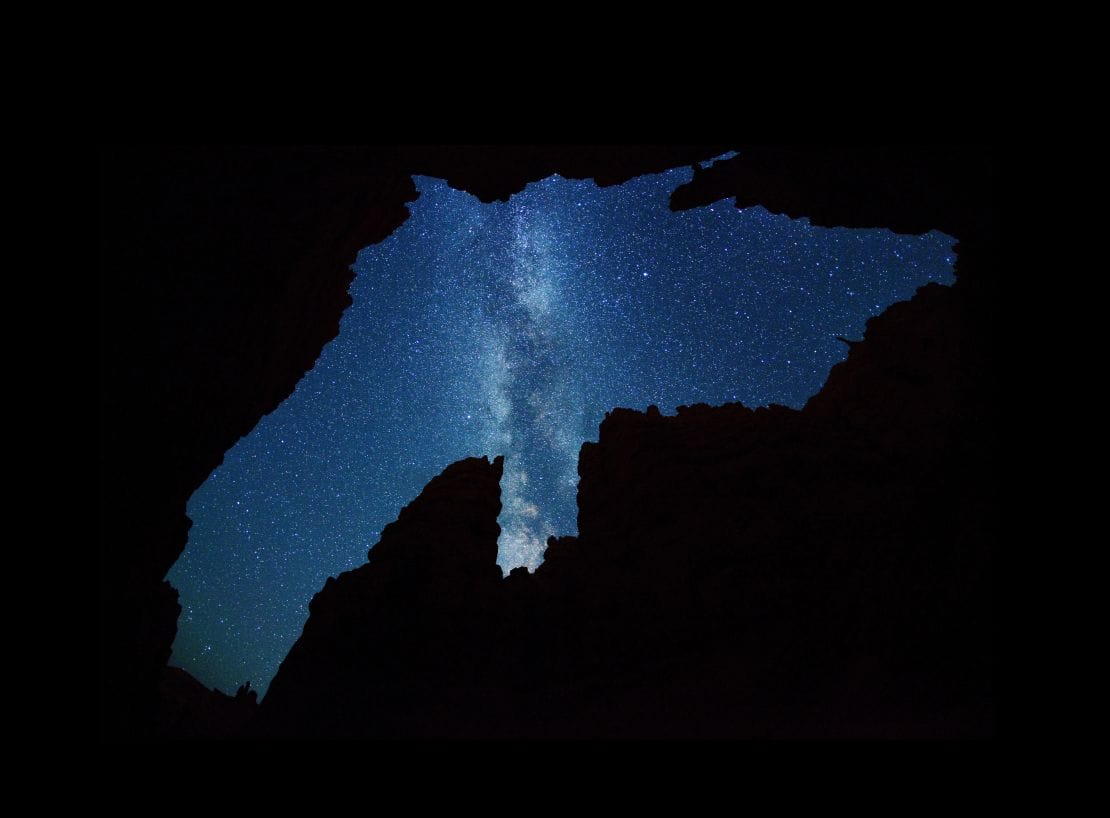Dark Sky Tourism: Why Your Next Adventure Should Chase the Night
By: Weylin Ryan
The Light Revolution We Didn’t Ask For
Humans have always found ways to illuminate the darkness, but something fundamental shifted with electricity’s arrival. Artificial lighting now increases by up to 20% annually in some regions, creating a new form of pollution we’re only beginning to understand. This isn’t just about missing stars; it’s about health, safety, and experiences we’re losing without even realizing it.
Dark Sky International (formerly the International Dark Sky Association) certifies six types of locations: sanctuaries, reserves, parks, communities, urban night sky places, and approved lodging. Each certification requires light meter readings, community education, lighting policies, and either immediate compliance projects or five-year improvement roadmaps.
But here’s what matters for you as a traveler: these certifications represent destinations that understand something profound about the value of darkness.
Your Health Depends on Darkness
Science has established scotobiology. This is the study of biological systems that require darkness to function. The health implications of excessive nighttime light exposure include increased risks of sleep disorders, diabetes, obesity, cancer, cardiovascular disease, and depression. While these effects develop over time, even short-term exposure affects your travel experience.
Consider your last hotel stay in a brightly lit city. Did you sleep poorly despite exhaustion? Light pollution streaming through inadequate curtains compounds the natural challenge of sleeping somewhere new. Your immune system, already working harder during travel, needs quality sleep to keep you healthy and energized for adventures.
Dark sky certified destinations minimize light trespass, ensuring better sleep quality without relying on blackout curtains that many locally-run accommodations lack. When you wake refreshed instead of groggy, you’re more motivated to explore, more present for experiences, and more resilient against travel fatigue.
Safety Through Intelligent Lighting
Safety ranks second on Maslow’s hierarchy for good reason. We all want to feel secure no matter where we are but this is especially true while traveling. Dark sky certification doesn’t mean eliminating lighting; it means eliminating glare and designing illumination that actually improves visibility and safety.
Many destinations flood public spaces with bright, glaring lights assuming more equals safer. Research from England and Wales found “little evidence of harmful effects” when communities switched off, dimmed, or modified lighting systems. In fact, excessive lighting can help criminals “choose their victims, locate escape routes and see their surroundings” more easily.
Dark sky certified places use targeted, well-designed lighting that enhances visibility without creating the glare that reduces night vision, especially for travelers over 40, who comprise the majority of international visitors to many destinations. Better visibility means safer navigation for evening activities and reduced eye strain during nighttime exploration.
Experiences Worth Traveling For
The most compelling reason to seek dark sky destinations isn’t health or safety, it’s the extraordinary experiences they offer. These places have transformed darkness from something to overcome into something to celebrate.
**Hotel Belmar** in Costa Rica offers guided night tours showcasing nocturnal wildlife and soundscapes invisible during daylight hours. **Casita de Gila** provides star charts, spotting scopes, and a 10-inch telescope with guided tours, plus setup sites for guests bringing their own equipment. Each casita features amenities designed for astronomers and astro-photographers, yet owner Becky O’Connor notes: “We have many people who come just to see a dark sky because they live in or near a city.”
The experiences extend far beyond traditional stargazing. **Bryce Canyon National Park’s** full moon hikes sell out within an hour. **Great Basin National Park’s** annual Astronomy Festival transformed their visitation numbers overnight, attracting families, backpackers, and elderly visitors alike. **Mont-Mégantic Star Reserve** in Canada now hosts dark sky and meteor festivals welcoming tens of thousands annually.
Innovation in the Dark
Creative businesses worldwide are discovering unique ways to celebrate darkness:
- Kosmos Stargazing Resort & Spa combines luxury accommodations with expert-led astronomy sessions and celestial-themed spa treatments
- Stargazing Zion’s Zero-Gravity Pod Tours offer comfortable cosmic viewing with high-tech equipment and interpretive storytelling
- Yellowstone Night Skies Tours provide four-hour immersive experiences with transportation, telescopes, mythology lessons, and astrophotography guidance
- Cafe Laulian which operated in the early 2000’s in South Korea hosted monthly “candle nights” where all electric lights go off simultaneously, creating intimate live music experiences by candlelight
The Alqueva region in Portugal developed an entire Dark Sky Route, an association of accommodations and activities including night vision wildlife searches, full moon horseback riding, new moon rides for experienced equestrians, and nighttime canoeing on Lake Alqueva.
Not every dark sky experience requires expensive resorts or guided tours. Durango, Colorado figured out something brilliant (pun intended), they loan out complete stargazing kits from their Welcome Center and the Pine River Library in Bayfield. The kit includes: binoculars, smartphone mounts for photos, star charts, red flashlights, kids’ activities, even light meters so you can measure how dark (or polluted) your campsite or hotel area are. These are designed to get people interested by not requiring an knowledge or for that matter money as they are available for free. This means even families on shoe string budgets can enjoy something else they might not have gotten to while hopefully observing what is taking place around them.
These aren’t just tourism gimmicks; they’re recognition that darkness offers experiences impossible under artificial light. As one visitor to Cafe Laulian’s candle night observed: “I could see my family better in the dark with candle light. I had to get close to them to see their faces and eyes, and I became warm-hearted.”
Beyond Tourism: Becoming an Advocate
Start by educating yourself about responsible lighting practices. Check if your area has a local Dark Sky International chapter through their website, these groups offer volunteer opportunities, educational resources, and community connections. If no chapter exists nearby, consider starting one.
When traveling, don’t hesitate to mention problematic lighting to managers. Frame it personally: “The outdoor light was hurting my eyes and made it difficult to access your business.” This approach feels less confrontational while highlighting real impacts.
Most importantly, attend local government meetings in your home community. Advocate for dark sky-friendly lighting codes and ordinances. Officials often don’t know where to start, but numerous examples exist for code writers to reference. Your voice as a resident and traveler carries weight in these discussions.
Campfire Talk
The night sky should be universal heritage, accessible regardless of where we live or travel. Dark sky certified destinations prove that communities can balance necessary illumination with preservation of natural darkness. They offer experiences that reconnect us with something fundamental we’ve almost forgotten, the profound beauty and restorative power of darkness.
These places understand that tourism isn’t just about seeing new sights; it’s about having experiences that change us. Standing beneath unpolluted skies, watching wildlife emerge in natural darkness, or simply sleeping deeply in a quiet, dark room, these should not be luxuries. They’re connections to our most basic human needs.
Have you ever experienced a truly dark sky? What drew you there, and how did it affect you? More importantly, what’s preventing your home community from protecting its own darkness?
Sustainability whispers in the in-between, we just need listen and explore.
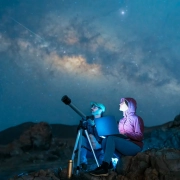
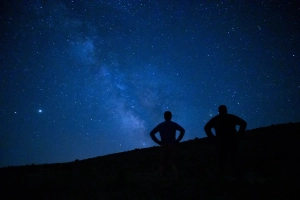
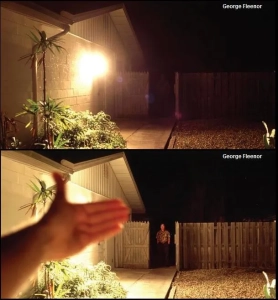
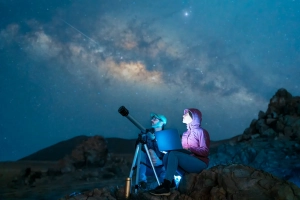
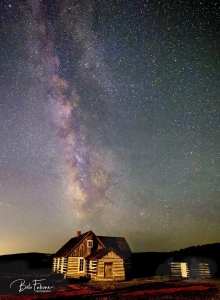
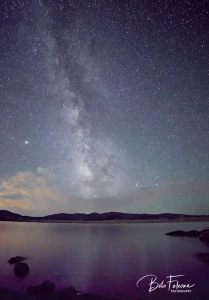
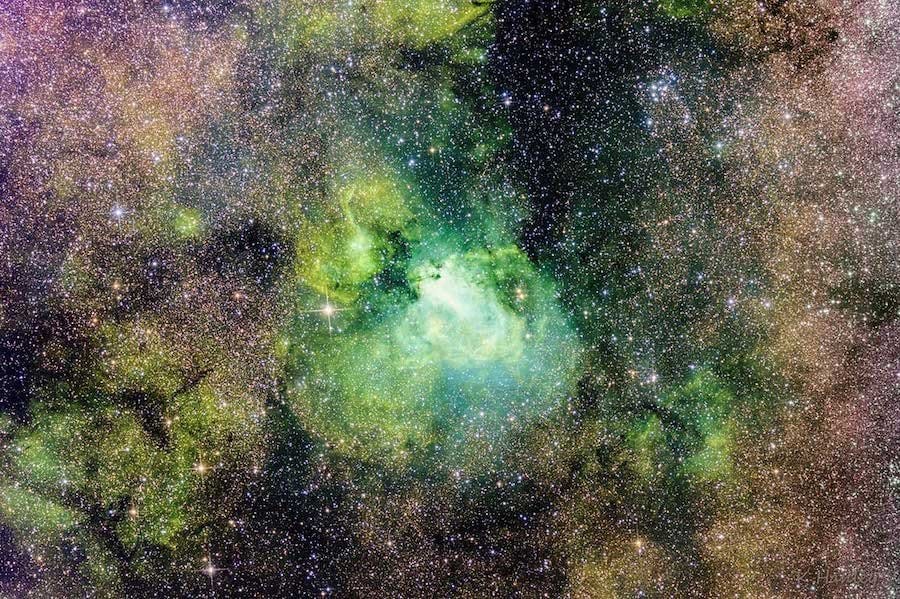
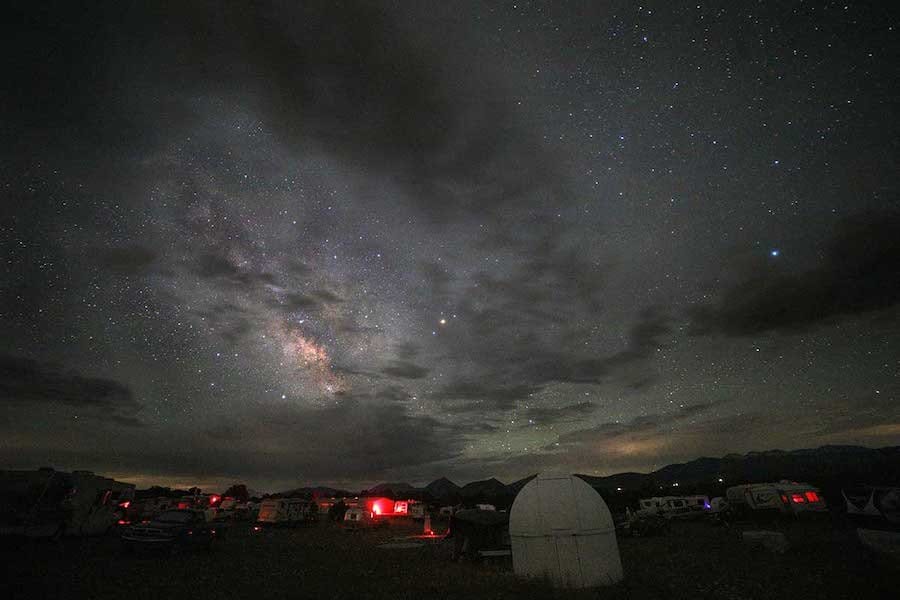

 As a boy, I spent countless hours jumping on the trampoline in my family’s backyard. Sometimes, in the summer, I’d sleep on it. This was perfectly safe (and fun!) back when floodlights were considered bad manners. And although I can hardly believe it now, the Milky Way was actually visible from my backyard. That was a big part of the appeal.
As a boy, I spent countless hours jumping on the trampoline in my family’s backyard. Sometimes, in the summer, I’d sleep on it. This was perfectly safe (and fun!) back when floodlights were considered bad manners. And although I can hardly believe it now, the Milky Way was actually visible from my backyard. That was a big part of the appeal.

